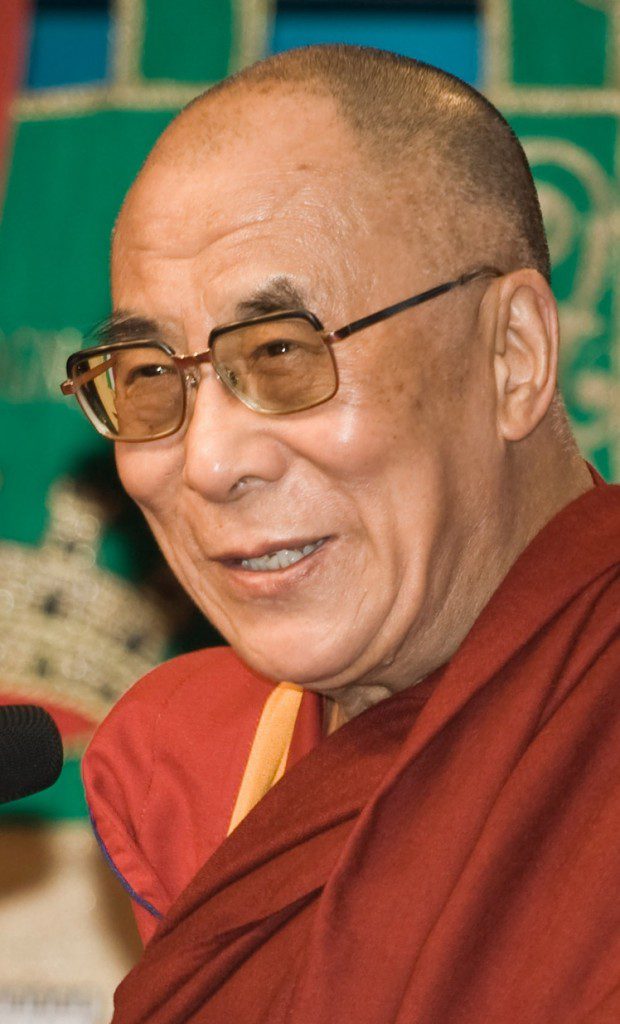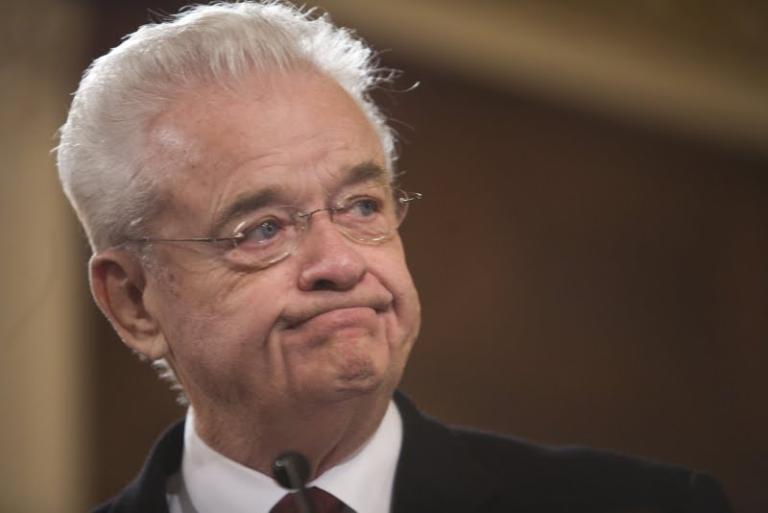
You probably heard that the Dalai Lama is holding a 11-day event promoting peace in Washington, D.C., and that he dropped by the White House Saturday for a chat with the President of the United States.
But, what is the exiled Tibetan leader’s name? Nobody just refers to “the President of the United States” without mentioning his name. The same goes for the Queen of England, the Emperor of Japan and the Pope. The latter may just be “the Pope” in many references or “the Pontiff” and even “the Vicar of Christ,” but somewhere in the news article, he’s identified as Pope Benedict XVI and sometimes even as former German Cardinal Joseph Ratzinger.
But the Dalai Lama is never identified as anything but “the Dalai Lama.”
It turns out that he is occasionally referred to as “the 14th Dalai Lama” in articles about the history of his role as spiritual leader of Tibet. The first person to be called Dalai Lama during his lifetime, interestingly enough, was actually the Third Dalai Lama. In 1578 the Mongol ruler Altan Khan bestowed the title Dalai Lama on a Buddhist monk named Sonam Gyatso. The title was later applied retroactively to two monks who preceded him in leadership, Gendun Drup and Gendun Gyatso. It is taught that the Second Dalai Lama was the reincarnation of the first as was the third, Sonam Gyatso. All subsequent Dalai Lamas are said to be reincarnations of the first one — Gendun Drup.
“Dalai Lama” itself means “Ocean Teacher” or “Sea Father” — interesting since Tibet is landlocked high up in the tallest mountains on Earth, the Himalayas.
The current holder of the office was born in 1935, two years after the 1933 death of the 13th Dalai Lama, whose name was Thubten Gyatso.
Upon Thubten’s death, an intense search was conducted to find the baby boy in whose body Thubten’s spirit had rested. Traditionally it is the responsibility of the High Lamas of the Gelugpa Tradition and the Tibetan government to find the child. The High Lamas used several ways to find the boy. As stipulated by tradition, they visited the holy lake Lhamo La-tso in central Tibet and watched for a sign from the lake itself. It was there that during 1935, Reting Rinpoche, the Regent of Tibet, announced that he had received a clear vision of three Tibetan letters and of a monastery with a jade-green and gold roof, and a house with turquoise roof tiles.
The clues were followed and the High Lamas arrived at the home of a two-year-old that they hoped was the reincarnation of the late 13th Dalai Lama. The child was presented several objects — only some of which had belonged to the late lama. When he chose the items that had belonged to Thubten and ignored the items that had not, it was seen as a sign that the child was, indeed, the reincarnation.
In 1937, the High Lamas announced they had chosen a little boy named Tenzin who then took the surname Gyatso — which has been the official surname of all but the first Dalai Lama. The child then underwent training and was not enthroned until 1950 — at age 15 — just as Mao’s Chinese Communists were rising into power. When the Chinese invaded Tibet in 1959, he escaped over the Himalayas to India and has lived in exile ever since.
His name? Tenzin Gyatso. However, he prefers to be called simply “the Dalai Lama.”
Incidentally, the search for the reincarnated Dalai Lama in the past has been limited to Tibet.
The 14th Dalai Lama, however, has stated that he will not be reborn in a Tibet occupied by the People’s Republic of China. In his autobiography, Freedom In Exile, he states that if Tibet is not free, he will reincarnate elsewhere.


